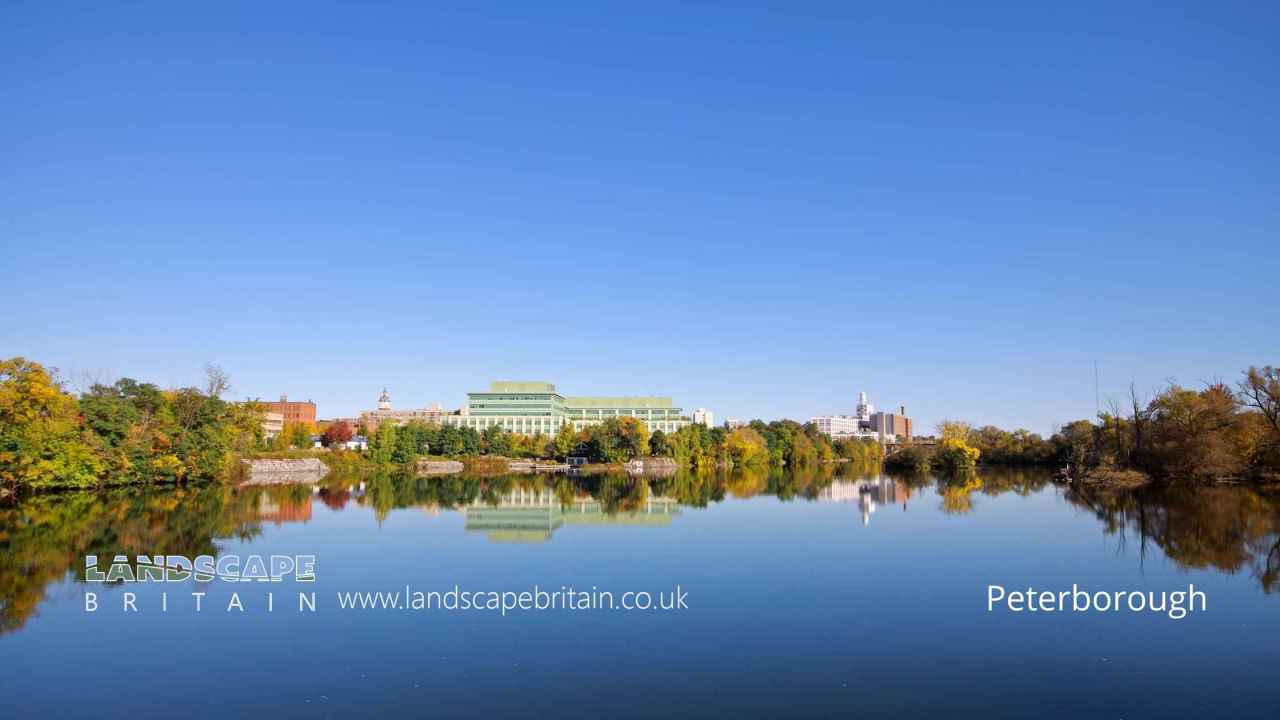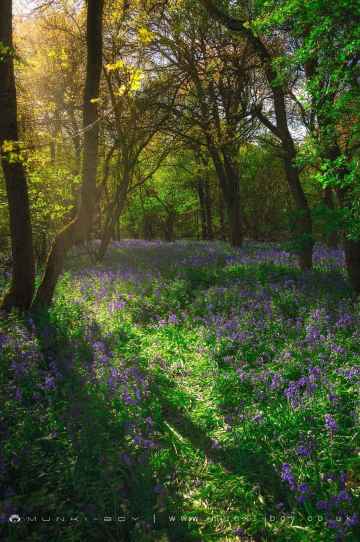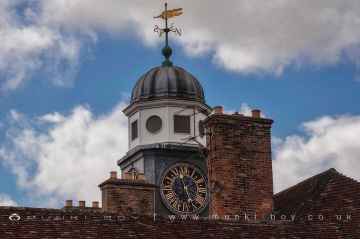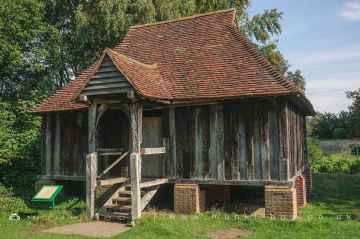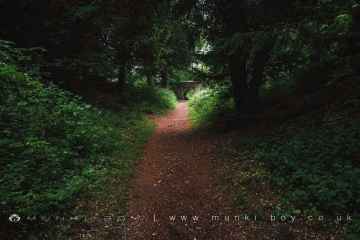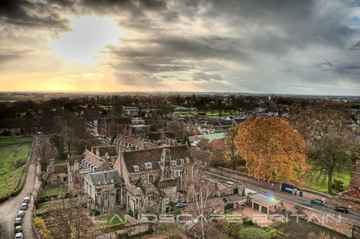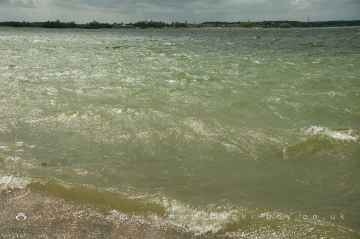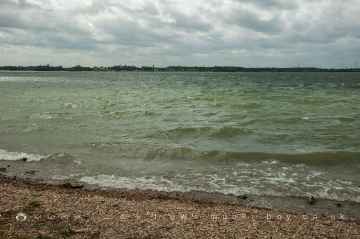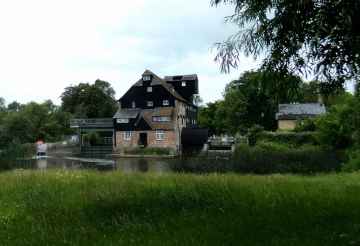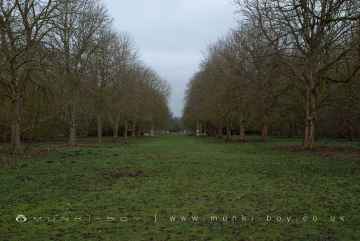Peterborough is a City in the county of Cambridgeshire.
The city of Peterborough is located in the East of England and is known for its beautiful Cathedral.
The cathedral dates back to the 12th Century and has a stunning Gothic facade.
Visitors can also explore the Peterborough Museum, which is housed in a former hospital building. The museum includes a reconstructed Victorian operating theatre, as well as fossils and paintings.
Another popular attraction is Flag Fen Archaeology Park, which features Bronze Age village and causeway remains.
Peterborough postcode: PE1 4
There are great places to visit near Peterborough including some great woodlands, nature reserves, bluebell woods, country parks, hiking areas, historic buildings, ancient sites, cities, villages, lakes, towns, gardens, shopping centres and airports.
Brampton Wood, and Anglesey Abbey are some of Peterborough best woodlands to visit near Peterborough.
There are a several good nature reserves in the area around Peterborough like Brampton Wood.
Brampton Wood is a great place to visit close to Peterborough if you like bluebell woods.
Wandlebury, Hinchingbrooke Country Park, Nene Park, and Ferry Meadows Country Park are great places to visit near Peterborough if you like country parks.
The area close to Peterborough boasts some of the best hiking areas including Wandlebury.
Tadlow Granary, Wandlebury House, Ely Cathedral, Houghton Mill and Waterclose Meadows, Anglesey Abbey, and Lode Water Mill are great places to visit near Peterborough if you like historic buildings.
Don't miss Wandlebury Ring's ancient sites if visiting the area around Peterborough.
Peterborough has some unmissable cities nearby like Ely, and Peterborough.
The area around Peterborough features a number of interesting villages including Grafham, and Houghton.
Places near Peterborough feature a number of interesting lakes including Grafham Water.
Places near Peterborough feature a number of interesting towns including Huntingdon.
The area around Peterborough's best gardens can be found at Anglesey Abbey.
There are a number of shopping centres near to Peterborough including Queensgate Shopping Centre.
There are a number of airports near to Peterborough including Cambridge City Airport.
Peterborough History
There are some historic monuments around Peterborough:
Areas of Peterborough
Like most towns and cities Peterborough is comprised of a number of areas, once separate villages or small towns and parishes now part of Peterborough.
Many of the areas of Peterborough have their own character and places of interest.
Places to see near Peterborough
History of Peterborough
Peterborough is shown by its original name Medeshamstede to have possibly been an Anglian settlement before AD 655, when Sexwulf founded a monastery on land granted to him for that purpose by Peada of Mercia, who converted to Christianity and was briefly ruler of the smaller Middle Angles sub-group. His brother Wulfhere murdered his own sons, similarly converted and then finished the monastery by way of atonement. Hereward the Wake rampaged through the town in 1069 or 1070. Outraged, Abbot Turold erected a fort or castle, which, from his name, was called Mont Turold: this mound, or hill, is on the outside of the deanery garden, now called Tout Hill, although in 1848 Tot-hill or Toot Hill. The abbey church was rebuilt and greatly enlarged in the 12th century. The Peterborough Chronicle, a version of the Anglo-Saxon one, contains unique information about the history of England after the Norman conquest, written here by monks in the 12th century. This is the only known prose history in English between the conquest and the later 14th century. The burgesses received their first charter from “Abbot Robert” - probably Robert of Sutton (1262-1273). The place suffered materially in the war between King John and the confederate barons, many of whom took refuge in the monastery here and in Crowland Abbey, from which sanctuaries they were forced by the king’s soldiers, who plundered the religious houses and carried off great treasures. The abbey church became one of Henry VIII’s retained, more secular, cathedrals in 1541, having been assessed at the Dissolution (in the King’s Books) as having revenue of £1,972.7s.0¾d per annum. When civil war broke out, Peterborough was divided between supporters of King Charles I and the Long Parliament. The city lay on the border of the Eastern Association of counties which sided with Parliament, and the war reached Peterborough in 1643 when soldiers arrived in the city to attack Royalist strongholds at Stamford and Crowland. The Royalist forces were defeated within a few weeks and retreated to Burghley House, where they were captured and sent to Cambridge. While the Parliamentary soldiers were in Peterborough, however, they ransacked the cathedral, destroying the Lady Chapel, chapter house, cloister, high altar and choir stalls, as well as mediaeval decoration and records.










